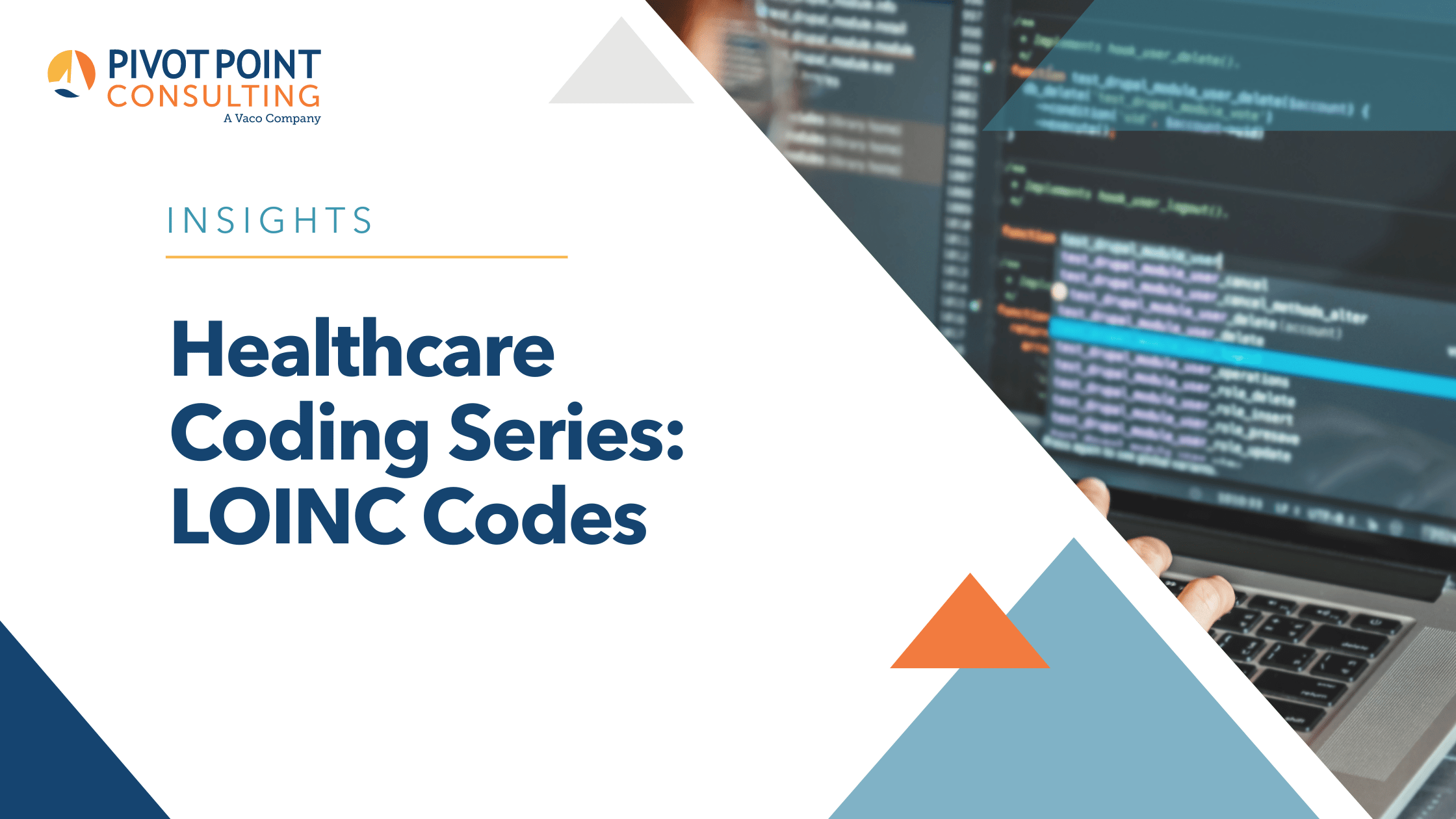Imagine a world where healthcare data seamlessly flows across different systems, enabling providers to access and compare clinical information effortlessly. This level of interoperability is crucial for delivering efficient and effective patient care. Enter LOINC (Logical Observation Identifiers Names and Codes). This healthcare coding system is a standardized terminology used to represent laboratory test and result values, medical observations and clinical measurements.
In this blog post, we will delve into the intricacies of the LOINC healthcare coding system. We’ll explore how LOINC codes are structured, their significance in healthcare interoperability and how they improve patient care and outcomes. By the end, you’ll have a strong understanding of LOINC and its contributions to the field of healthcare information exchange.
Creating LOINC
The initial goal of LOINC was to standardize the names and codes used to describe laboratory tests. This would make sharing and comparing health data across different systems easier. The first version of LOINC was released in 1994. It included codes for approximately 10,000 laboratory tests.
This marked a significant milestone in standardizing laboratory test terminologies and paved the way for improved data interoperability. Since then, LOINC has expanded to cover clinical assessments, vital signs, medical history, imaging studies and more. The current version of LOINC, released in 2021, includes more than 92,000 codes.
The development of LOINC can be attributed to Dr. Clem McDonald, a physician and informatician. At the time, health care systems had difficulty with the lack of consistency in names and codes associated with laboratory tests. This variation made it difficult to share and compare data across different systems, hindering effective health information exchanges.
However, the impact of LOINC went beyond laboratory tests. As healthcare practices evolved, there was a growing recognition of the need to standardize a broader range of clinical observations. Providers understood that accurate and consistent representation of healthcare data required a comprehensive approach.
In response to this need, LOINC expanded its scope. Thus, the update encompassed vital signs, clinical assessments, medical history, diagnostic imaging findings and various other clinical measurements. This expansion enabled LOINC to become a comprehensive standardized terminology for a wide range of healthcare data.
The latest version of LOINC, released in 2021, includes over 92,000 codes. This extensive coverage of various clinical observations and measurements highlights LOINC’s commitment to providing standardized representation across the healthcare landscape. This expansion has empowered healthcare providers and organizations to seamlessly communicate and compare data, contributing to improved patient care and outcomes.
Advancing Interoperability through LOINC Codes
By providing a standard approach to identifying and describing laboratory tests, LOINC addressed data variation and fragmentation in healthcare systems. As it expanded to cover a broader range of clinical observations, LOINC became vital to healthcare data exchange. Today, LOINC is recognized globally as a foundational component of healthcare interoperability, supporting efficient and effective delivery of patient care.
A LOINC code allows other healthcare providers to understand exactly what test was performed and how the results were interpreted. These codes are typically tied to orders and attributes that providers may not readily see but are in the background. Additionally, the codes are organized in a hierarchical structure. This structure consists of a six-digit number and a descriptive text that specifies the observation or test being performed.
These codes typically include the following:
- Component: the substance or entity being measures, such as glucose or cholesterol
- Property: describes the characteristic being measures, such as the concentration or mass of the component
- Time aspect: the time frame over which the observation was made, such as fasting or post-prandial
- System: the system or specimen used to obtain the observation, such as blood or urine
- Scale: the scale used to measure the observation, such as logarithmic or nominal
- Method: the methodology used to perform the test or observation
By including all this information in a consistent format, LOINC codes help to easily identify and represent laboratory and clinical observations. This approach makes seamless sharing, comparison, and integration of data across different healthcare providers and EHR systems easier.
The interoperability supported by LOINC codes has numerous benefits. For example, it allows healthcare providers to exchange patient data more efficiently, ensuring accurate and consistent representation of clinical information. In addition, it supports clinical decision-making, as providers can better understand and interpret test results from other healthcare settings.
Final Thoughts
Overall, LOINC codes are essential for conducting research and public health reporting. While these codes may seem technical and complex, they are an important part of the healthcare system by advancing interoperability. They promote the seamless exchange and use clinical information more efficiently and effectively, ultimately improving patient care and outcomes.


